I Received Native Seeds from ISN... Now What?
Congratulations! You're holding a tiny bit of habitat in your hands, just bursting with the potential to support bees, butterflies, birds, and breathtaking beauty.
| habitatmatters.org |
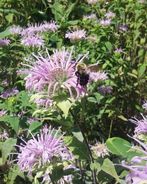
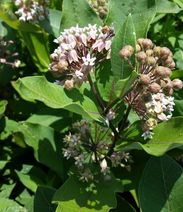
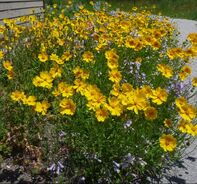
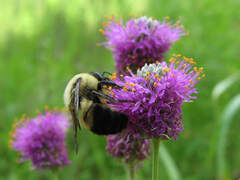
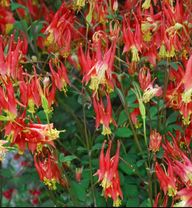
Contact US231-252-4148
3334 Veterans Drive Unit A Traverse City, Michigan 49685 |